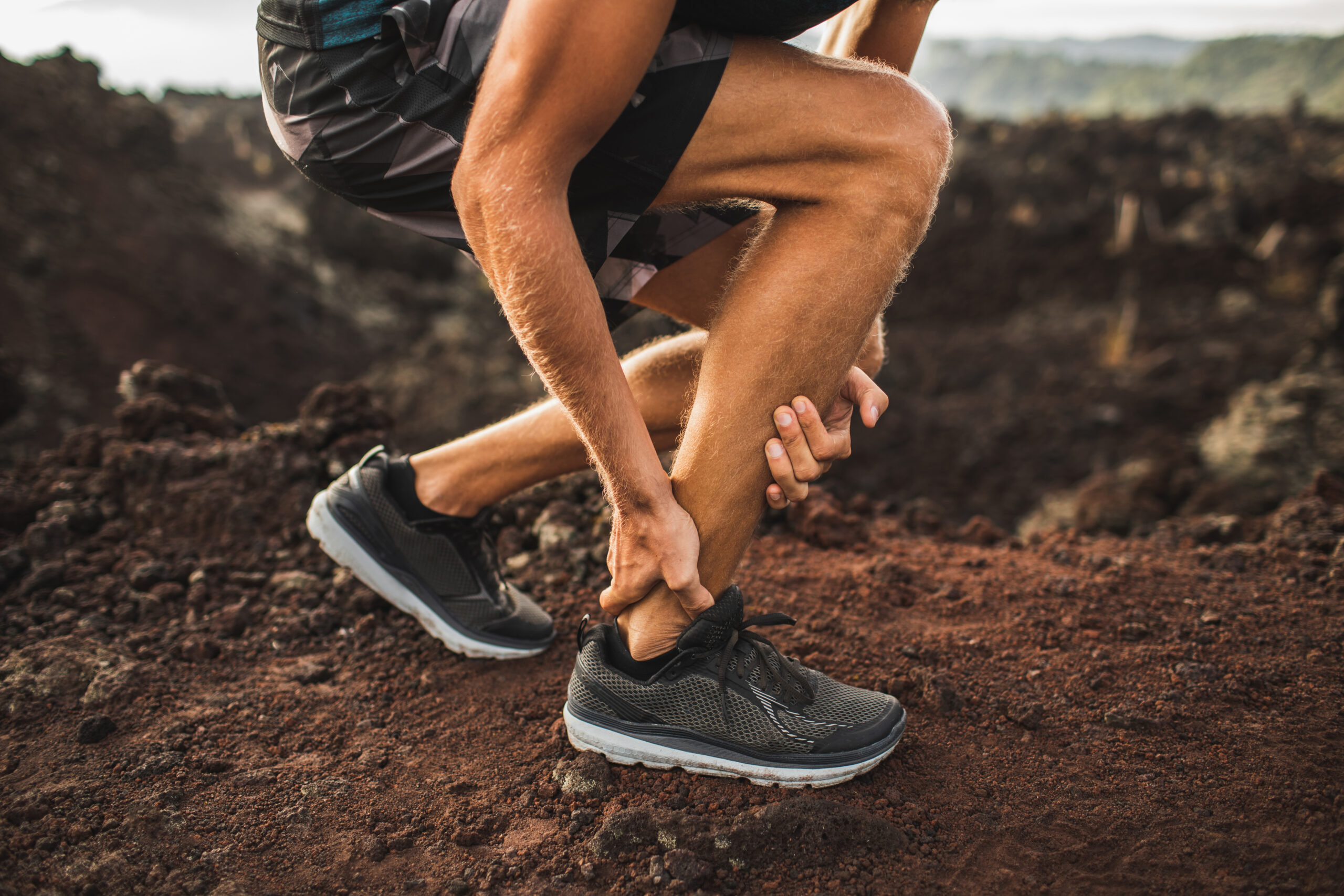How Chiropractors Treat Achilles Tendinitis
Achilles tendinitis is a common condition that causes pain and inflammation in the Achilles tendon, which connects the calf muscles to the heel bone. It is often seen in athletes and individuals who engage in regular physical activity. Chiropractors, as skilled healthcare professionals, can provide effective treatment for this condition using a variety of methods.
First and foremost, chiropractors perform a comprehensive assessment of the patient’s condition. This includes a thorough examination of the foot, ankle, and lower leg to identify any structural or functional imbalances that may be contributing to the development of Achilles tendinitis. The chiropractor will also assess the patient’s gait, footwear, and overall biomechanics to identify any factors that may be causing unnecessary stress on the Achilles tendon.
One of the primary treatment techniques used by chiropractors is manual therapy. This involves the use of hands-on techniques, such as soft tissue mobilization, to break down scar tissue, release muscle tightness, and improve the flexibility and function of the Achilles tendon. Chiropractors may also utilize joint mobilization or manipulation to improve joint mobility and reduce any restrictions that may be contributing to the patient’s pain and dysfunction.
In addition to manual therapy, chiropractors often prescribe specific exercises to strengthen the muscles surrounding the Achilles tendon and improve overall function. These exercises are designed to target the calf muscles, as well as other muscles in the lower leg that may be contributing to the development of Achilles tendinitis. By addressing muscle imbalances and weaknesses, chiropractors can help prevent future injuries and promote long-term recovery.
Chiropractors may also recommend modalities such as ultrasound, electrical muscle stimulation, and laser therapy to reduce inflammation and promote healing. These therapeutic interventions can help to improve circulation, reduce swelling, and alleviate pain in the affected area.
Another essential aspect of treating Achilles tendinitis is patient education. Chiropractors will educate patients on proper footwear, stretching techniques, and activity modifications to prevent further injury and promote healing. This may include advice on appropriate running shoes, how to warm up and cool down correctly, and the importance of incorporating cross-training activities to avoid overloading the Achilles tendon.
In conclusion, chiropractors use a multifaceted approach to treat Achilles tendinitis, including manual therapy, exercise prescription, therapeutic modalities, and patient education. By addressing the root causes of the condition and providing patients with the tools and knowledge to prevent future injuries, chiropractors play a crucial role in the successful management and recovery from Achilles tendinitis.
